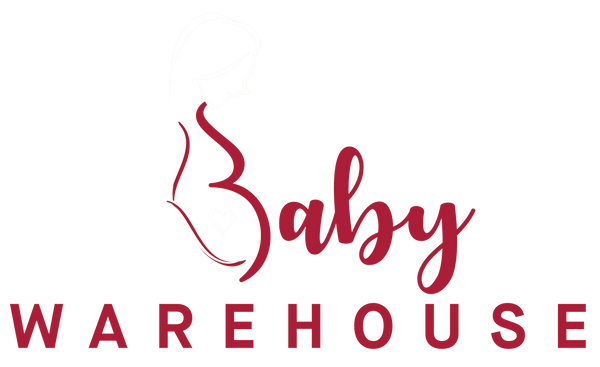
STAGE 3 BABY FOOD: WHEN IS YOUR BABY READY FOR THICKER SOLIDS?
Share
This article was originally published at Care.com. The author, Erica Loop gives us answers to essential questions about when to transition your little one from mushy peas and pureed fruits to chunkier foods. Erica is a freelance parenting writer with a background in child development. She also blogs about hands-on kids’ activities at Mini Monets and Mommies. Image courtesy reana, via bigstockphoto.com
She’s mastered rice cereal mush and she’s gotten the hang of slurping down squished spinach — now your baby is ready to move to a new world of tastes and textures with stage 3 baby food. After she’s 8 months old, your baby can start eating chunkier foods, either chopped into fine pieces or mashed. Here are the details on when and how to transition, and what’s safe for her to eat.
· When Is My Baby Ready to Eat Solid Foods?
Your baby has been eating “solids” since about 6 months old. Now that she’s had a few months of practice, she’s ready to move past the soupy cereals and purees. By 8 to 9 months old, most babies have the hand-eye coordination and finger dexterity –and the swallowing skills — to start eating finger foods.
· How Should I Feed My Baby?
Dietitian Clancy Cash Harrison, creator of the Fields of Flavor blog and author of “Feeding Baby“, recommends letting your infant feed herself, using either utensils or her own fingers. “Empower your infant to self-regulate food intake,” she says. Let her eat at her own pace, without rushing her to finish faster than she’s prepared to.If your baby is feeding herself, make sure you wash her hands before and after every meal, especially if she’s been crawling on the floor. Keep her stable and upright while she’s eating, and make sure she’s strapped safely into her high chair. It goes without saying, of course, to never leave your baby alone with food.
· What Kinds of Solids Should I Start With?
With this stage, start small and gradually move on to table foods that get her ready to eat like you do. Pediatric registered dietitian and author Judy Converse says that homemade foods such as smashed-and-mashed cooked veggies are a great way to begin feeding at this stage.By 8 months, your baby has already eaten a variety of veggies and fruits. Stage 3 baby food adds more combinations of ingredients — textures and solids that don’t always require a spoon. Harrison suggests that parents offer foods prepared in different ways. She points to the versatility of carrots as an example. “They can be diced, coined and halved, mashed or made into sticks,” she says. Try out all the different ways to see which one your baby enjoys the most. Be sure that anything cut is no larger than 1/2 inch, according to guidelines from the American Academy of Pediatrics (AAP).
· What Should My Baby’s Daily Diet Look Like?
The AAP says that your 8-month-old baby’s breakfast can include a quarter-cup to a half-cup of mashed eggs or cereal, along with diced fruit. For lunch, swap out the eggs or cereal for chunky cottage cheese or diced meat — both are a great way to expose your baby to new textures. Likewise, you can serve up to a quarter- or half-cup of diced meat, along with fruits or veggies, for dinner. Add in a quarter-cup of whole-wheat pasta or rice to make sure she gets her grains.Even though your child is moving on to stage 3 baby food, don’t skip the breast milk or formula. Until she’s 1 year old, your baby should still drink four to six ounces of the stuff with every meal. The AAP suggests that she also have another four to six ounces before bed or during snack time.
· What Should I Avoid?
Don’t give your baby fattening, empty calorie foods. These include candy, cookies, fatty meats and fruit drinks such as punch. Converse says that, even though packaged baby foods are great choices, look for ones that don’t have added salt, flavors or colors. Along with cutting out the junk, take safety into consideration. Don’t give your baby anything she could choke on, such as whole grapes, whole raw carrots or tough, chewy meats. Untoasted bread can also pose a problem. Cut all finger and solid foods into bite-sized pieces or mash them into a lumpy consistency. If these new textured foods don’t appeal to your baby right away, don’t stress. Harrison suggests that you let your child explore the food and continue to introduce it. This isn’t just a new stage in your baby’s diet — it’s a new stage in her life!



